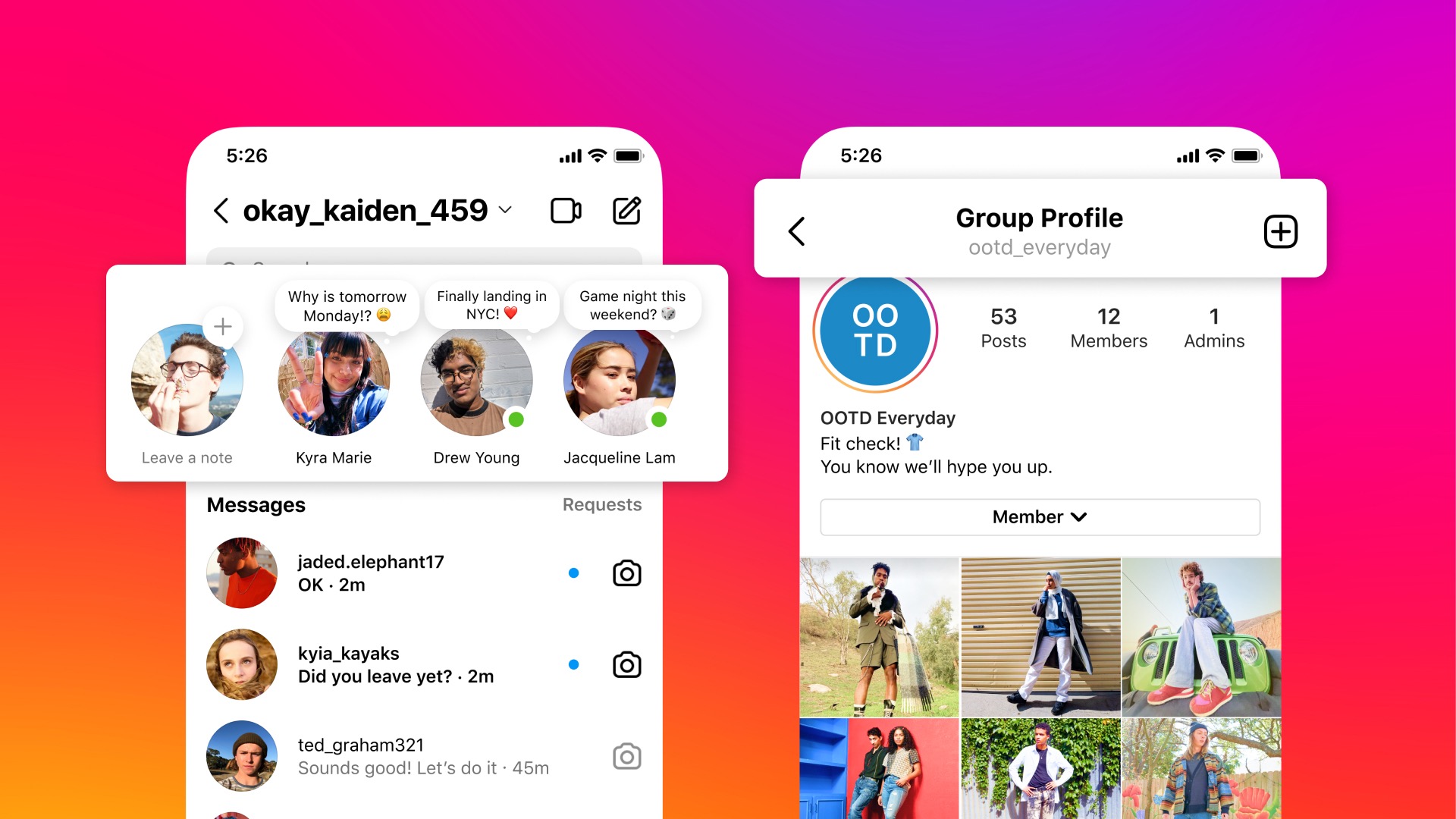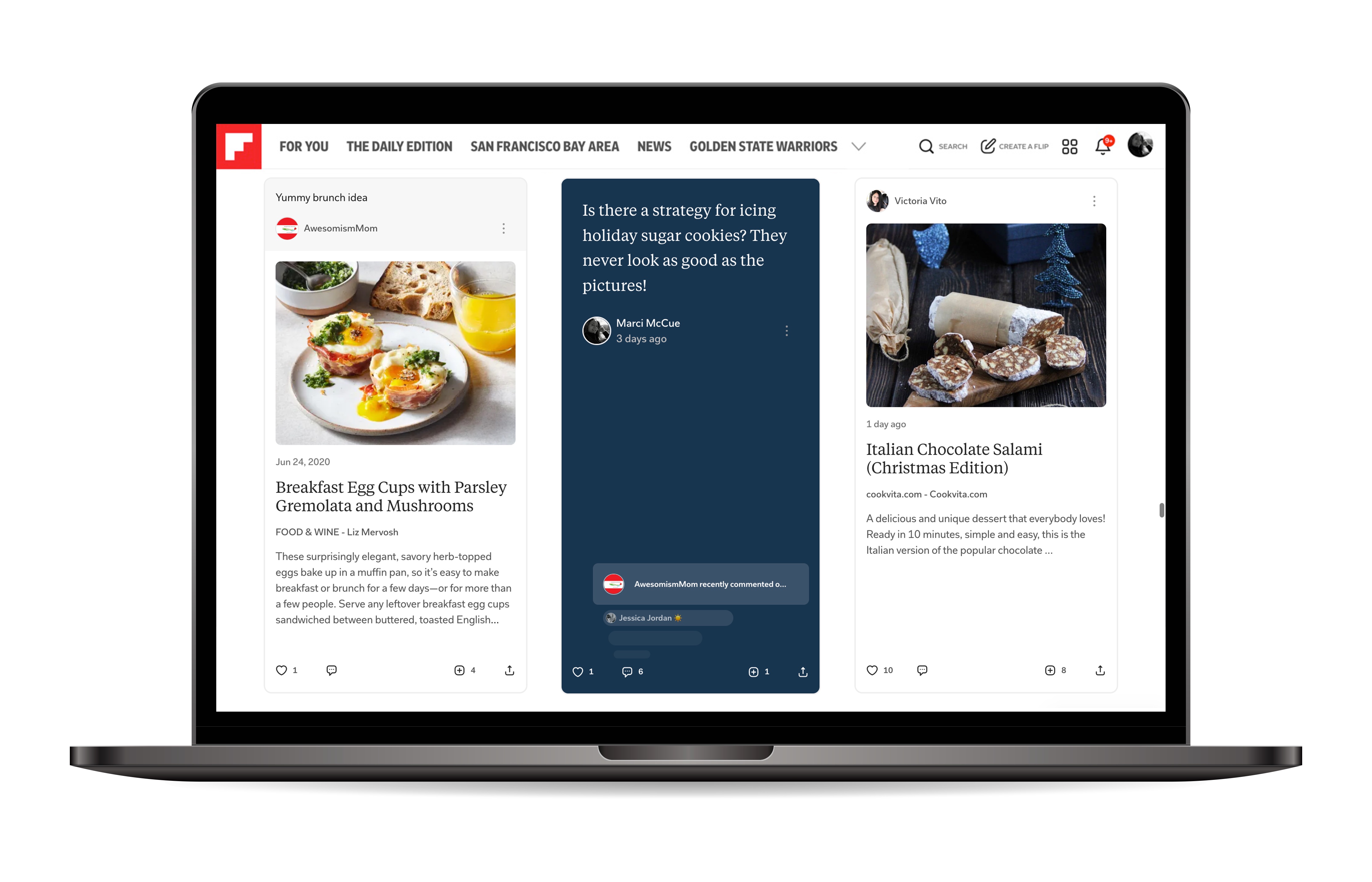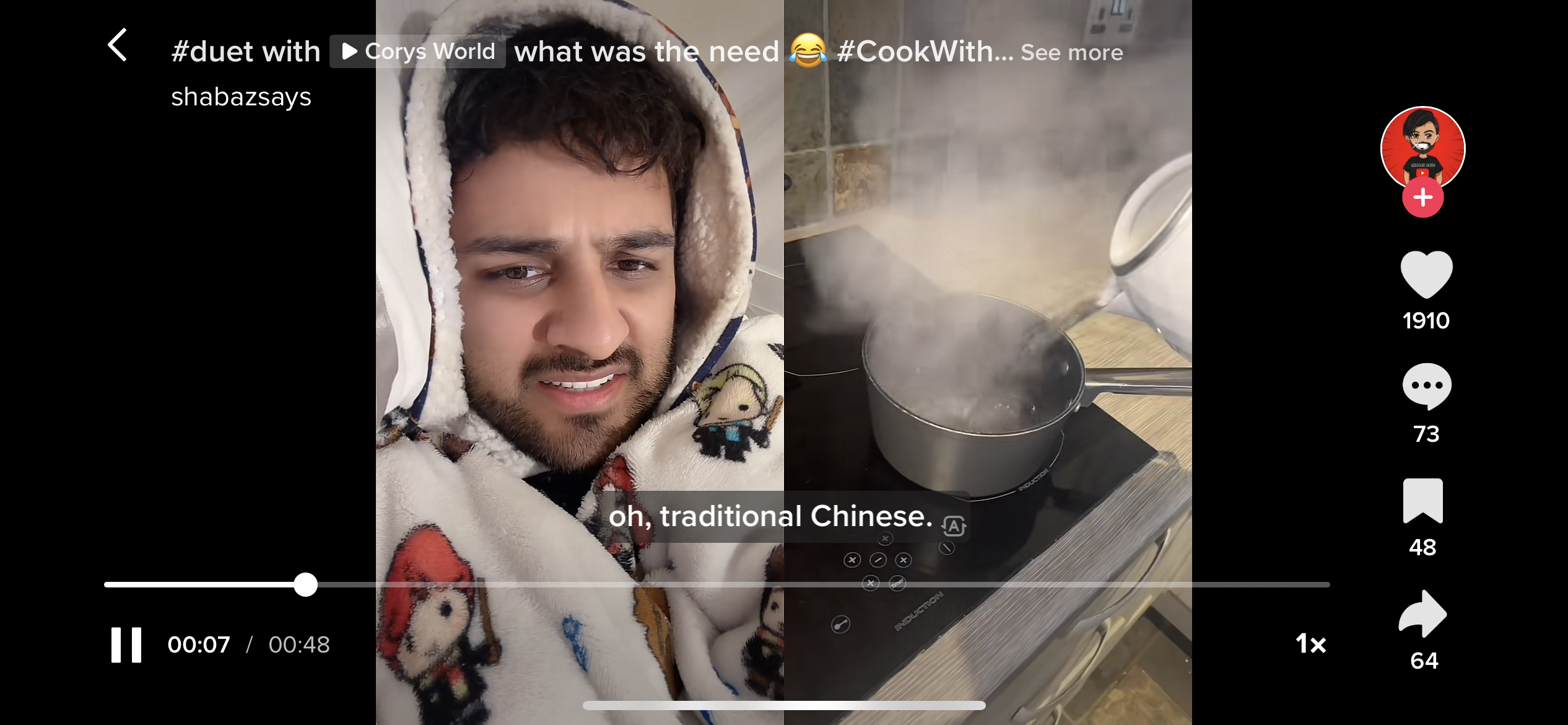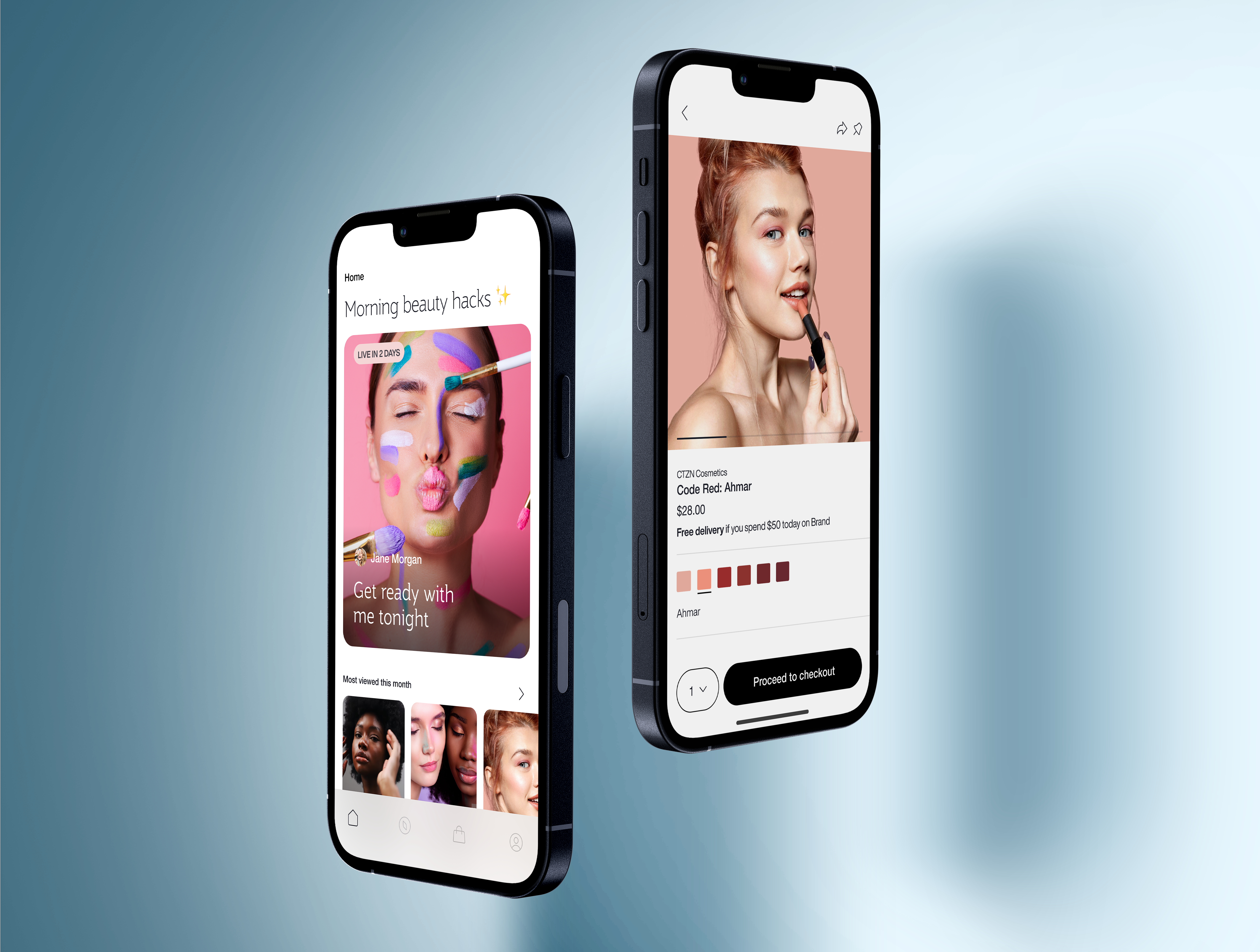Welcome back to This Week in Apps, the weekly TechCrunch series that recaps the latest in mobile OS news, mobile applications and the overall app economy.
Global app spending reached $65 billion in the first half of 2022, up only slightly from the $64.4 billion during the same period in 2021, as hypergrowth fueled by the pandemic has slowed down. But overall, the app economy is continuing to grow, having produced a record number of downloads and consumer spending across both the iOS and Google Play stores combined in 2021, according to multiple year-end reports. Global spending across iOS and Google Play last year was $133 billion, and consumers downloaded 143.6 billion apps.
This Week in Apps offers a way to keep up with this fast-moving industry in one place with the latest from the world of apps, including news, updates, startup fundings, mergers and acquisitions, and much more.
Do you want This Week in Apps in your inbox every Saturday? Sign up here: techcrunch.com/newsletters

Image Credits: TechCrunch
Image Credits: TechCrunch
Bloomberg reported Apple is already making efforts to open up its platforms to enable support for third-party app stores in the EU in advance of new requirements set out by the Digital Markets Act, which companies must comply with by 2024. EU regulators want to level the playing field for app developers and improve the consumer experience — and they believe forcing Apple to compete on merit with other app stores is one way to do it. Apple, of course, has long argued that allowing sideloading or third-party stores introduces too much risk to consumers, in terms of safety, security and privacy issues. Today, Apple handles payment processing for the apps downloaded from its own storefront, which includes battling fraud. And it restricts app makers from tracking users with the new App Tracking Transparency protections and protects user data.
But some of Apple’s privacy focus is a seeming front for its own aims in becoming a bigger competitor in the ads business. And as researchers recently discovered, some of Apple’s protections don’t apply to its own apps. Plus, many would argue, it seems like an imbalance to charge apps that rival Apple’s own services a commission on their businesses — the way it charges Spotify when it runs Apple Music; or how it charges streaming apps commissions, when it runs Apple TV+; and so on. Apple continues to expand into new app markets, too, with subscription services like Apple Fitness+; cloud storage packages through iCloud; news reading and magazines with News+; and others.
Apple will reportedly allow sideloading apps with iOS 17
But app developers have long felt Apple’s 30% is too high a price for the discovery, distribution and security provided by the App Store. And for larger companies, they’re more than willing and able to market, distribute and sell their own apps themselves. Epic Games, for example, is battling Apple in courts over anti-trust issues, which are now under appeal. It wants to sell its apps like Fortnite directly to consumers and avoid Apple’s fees.
Still, even if the EU forces platforms to open up to more competition, if the laws aren’t precise, it’s possible Apple could find a way to adjust its policies to apply a commission structure to the third-party apps and app distribution systems the new regulations would allow.
It’s a wonder Apple has allowed the problem to get to this point. The company has carved back commissions for a range of apps — from smaller developers to “reader” apps and the like — in obvious attempts to hope soothe regulators and lawmakers’ concerns. But Apple may have ultimately misstepped by not just slashing commissions across the board to quell the developer backlash in the first place. As it turns out, Apple’s greed may ultimately be its downfall as it will now be up to regulators to set the terms, not Apple itself.

Image Credits: Lensa (mockup by TechCrunch)
Image Credits: Lensa (mockup by TechCrunch)
Lensa AI’s popularity has had a notable impact on the App Store’s Top Charts this week. The photo and video editing app recently went viral over its new “magic avatars” feature, powered by the open source Stable Diffusion model, allowing users to turn their selfies into styled portraits of themselves as sci-fi, anime or fantasy characters, among other artistic renderings. Consumer demand for the app, and for AI edits more broadly, then pushed numerous other “AI” apps into the U.S. App Store’s Top Charts. By Monday, the top three spots on the U.S. App Store were all held by AI photo editors, and even more AI art apps are newly ranking in the Top 100.
This week, Lensa AI held the No. 1 spot on the U.S. App Store, with its 12.6 million global installs in the first 11 days of December, up 600% from the 1.8 million installs it saw during a similar time frame in November (November 20 through November 30), according to data from app store intelligence firm Sensor Tower. The U.S. accounted for 3.6 million of those new December installs, estimates indicate.
However, more AI apps have been climbing the charts. Data indicated that eight out of the top 100 apps by downloads on the U.S. App Store were AI art apps during the December 1 through December 11 time frame.
These included No. 2 and No. 3 apps, AI Art: AI Image Generator and Dawn – AI Avatars, respectively. The former saw 1.7 million global installs during December 1 through 11, up 229% from the 71,000 it saw during November 20 through 30. Dawn saw around 1.7 million installs, as well, up from the 28,000 it saw in the late November time frame.
Other apps filled the Top Charts, including No. 10 Wonder – AI Art Generator, No. 14 Prequel: Aesthetic AI Editor, No. 39 Voi – AI Avatar App by Wonder, No. 47 Meitu – Photo Editor & AI Art, and more. In select categories, like Graphics & Design, you’d also find Profile AI: Avatar Creator, Inspire – AI Art Generator and Dream by Wombo – AI Art Tool.
Clearly, developers learned to capitalize on consumer demand for AI art by keyword-stuffing their app names and descriptions with terms like “AI,” “Avatar,” “AI Art” and other search terms.
Despite the surge in consumer adoption, some are concerned about the ethics of using AI apps.
Lensa was trained on the Stable Diffusion model, which is controversial for how it used images from artists without their consent. Lensa was also able to be tricked into making NSFW images, TechCrunch found. And MIT Technology Review reported that Lensa created topless images and skimpy and sexualized avatars when tried by one female reporter, who happened to be of Asian heritage — suggesting the AI had been influenced by an overabundance of anime and video characters.

Image Credits: Instagram
Image Credits: Instagram
Amid backlash over the intrusion of algorithmic, recommended content into Instagram’s feed, Instagram this week introduced a number of new features to make it easier for users to keep up with their real-world friends. Among the new products is an addition called Notes — a feature Meta had considered turning into a Twitter competitor, The NYT recently reported. With Notes, users can update their friends using just text and emoji, adding a different format for social updates beyond the images and videos Instagram is best known for.
Though not a Twitter competitor in terms of the user interface, the idea of leaving text notes for others to read has some overlap with Twitter, or perhaps more specifically with a product like Twitter Circle, where you hand-pick people who can read your posts. In Instagram, however, users can leave notes by going to the top of their inbox, then selecting the followers they follow back (aka mutuals) or others from their existing “Close Friends” list. They’ll then type out the note itself using 60 characters of just text or emoji. The note will appear at the top of friends’ inboxes for 24 hours and replies will arrive as DMs.
What’s interesting is that Meta had considered making Notes a more direct Twitter competitor. The NYT said Meta weighed making Notes its own feed in the Instagram app or even making it its own app. For the time being, however, the company is launching the product — which has been in testing for several months prior — as is. Too bad.
Here are the top features of Apple’s iOS 16.2 update

Image Credits: Flipboard
Image Credits: Flipboard
Twitter suspends Mastodon’s account and bans links to Mastodon servers

Image Credits: Screenshot/TechCrunch
Image Credits: Screenshot/TechCrunch
Netflix rolls out two more mobile games, will release a Vikings: Valhalla game next year

Image Credits: Trendio
Image Credits: Trendio
TechCrunch’s Aisha Malik this week took a look at the new video shopping app Trendio, co-founded by a former Amazon Prime Video executive. The app, designed for shopping makeup and beauty products, offers personalized content and easy ways to purchase beauty products through both live and recorded videos from creators. Supported brands include Merit, Philosophy, Ursa Major, Nudestix, Kjaer Weis, Joanna Vargas, Coola and Avene.
The startup was co-founded by Alex Perez-Tenessa, the former vice president of Prime Video U.S. and head of Beauty at CVS, and startup veteran David Olmos. Also on the team are Amazon Live alum Julie Novak and former Glossier head of Make-up Category Management, Leah Grubb. You can read TechCrunch’s full review here.